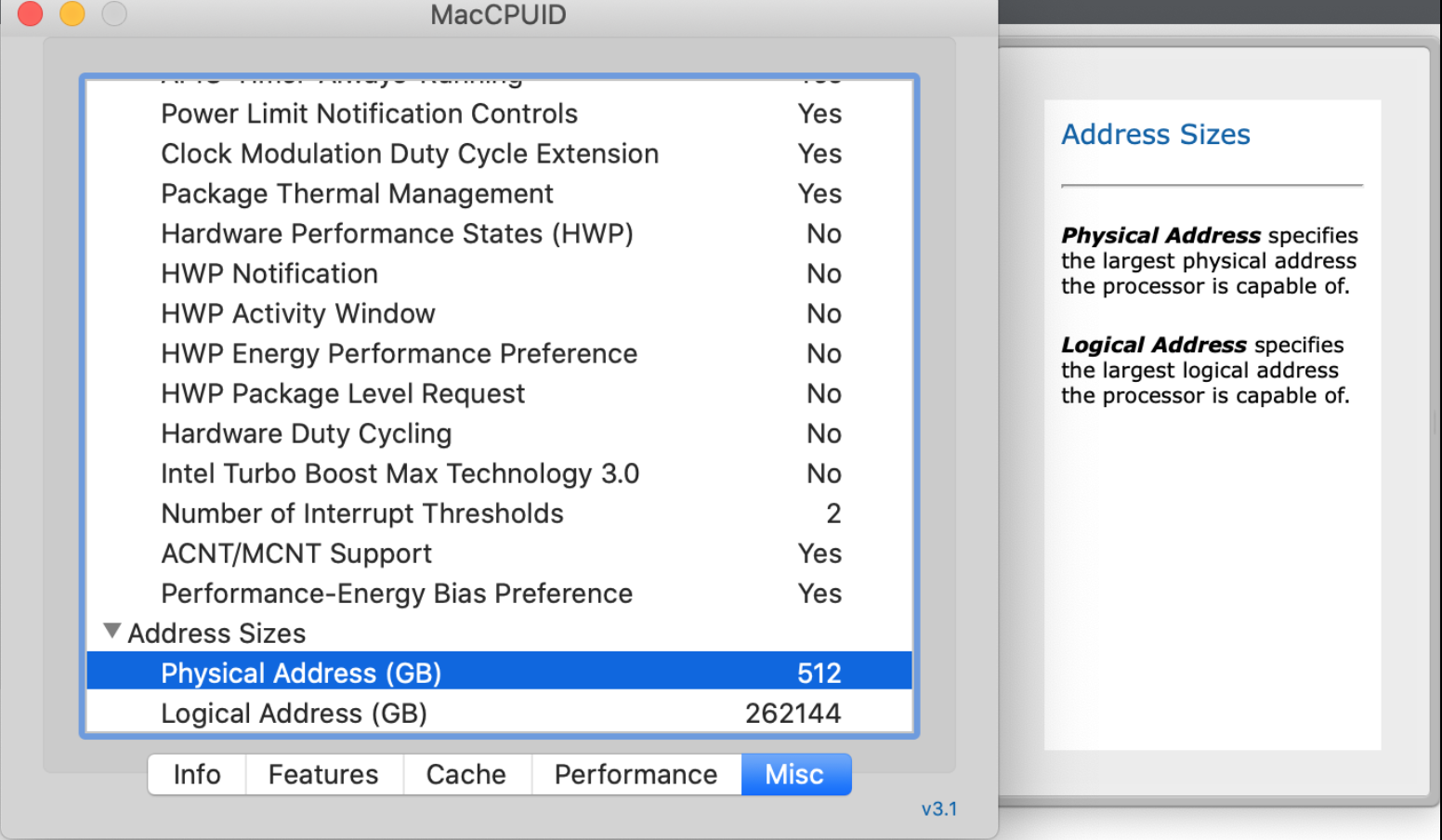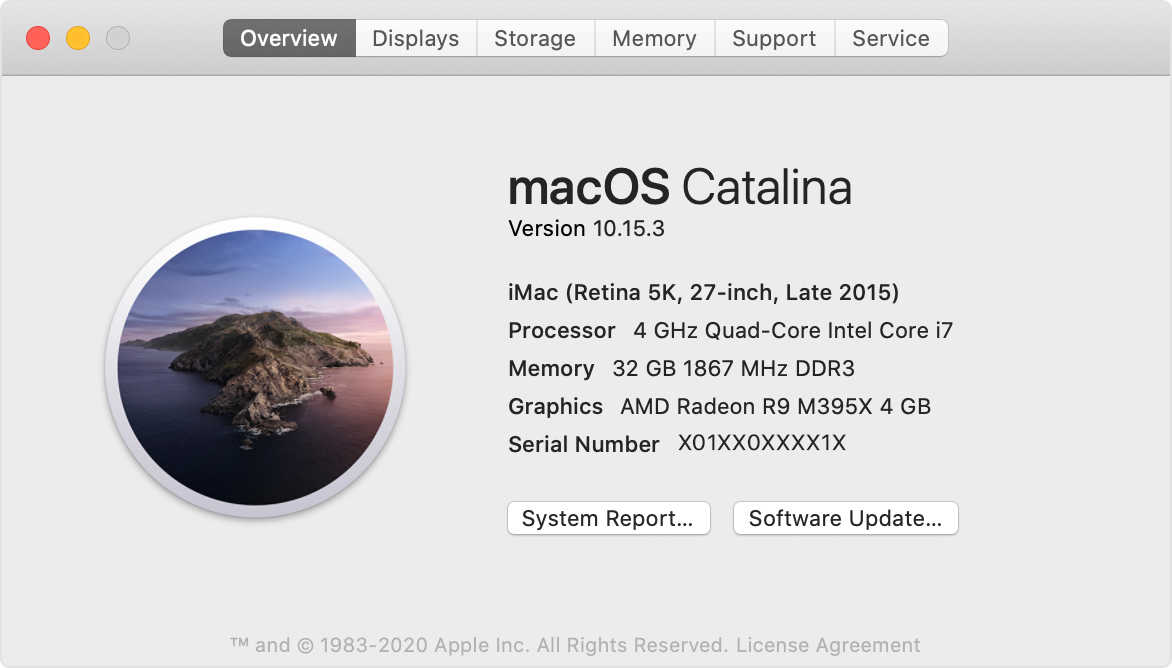
Allocating memory outside of this range can slow down both the guest OS and your Mac. However, I've installed and checked, and it still says "For best performance, set available memory to be within the recommended range of 512 MB to 4096 MB. Mouse won’t work (Mac host) John Decemat 3:33 PM Reply it’s not working on Mojave, Virtual Box 5. New, more intuitive design to optimize Windows for working on Retina displays.Įasily check the reclaiming disk space progress with a new progress bar. You can now assign up to 16 GB of memory (RAM) to a single virtual machine.
#Increase memory for parallels on mac update#
Latest update released today (October 26, 2012) now allows "assigning up to 16 GB of memory to a single virtual machine."

Apparently, Parallels support states "because Windows is working in a virtual environment, that it only needs max 1-3 GB." My development machine and environment is not a toy, so such an answer seems borderline patronizing and makes me think they're simply covering up for a significant Parallels limitation. If you're running in an 圆4 environment for both host and client then there shouldn't be any acceptable reason for needing to cap the RAM. (See this forum thread.) Granting anything more would, in fact, slow down both the host and client, but I have no problem assigning 8 GB of RAM to a VM in Fusion before really committing to Parallels, I'd like to know the rationale behind such a recommendation (and no, the Parallels forums don't shine satisfactory light on the subject, at least from what I've been able to dig up). I'm wondering about the baffling Parallels recommendation (when configuring a VM) that there is a maximum cap of 4 GB of RAM for a VM with Parallels (indeed, it recommends 1.5 GB for Windows 8).

I'm a VMware Fusion user and am trying out Parallels since VMware has some quirks that are annoying on Mountain Lion on a retina MacBook Pro (16 GB RAM).


 0 kommentar(er)
0 kommentar(er)
